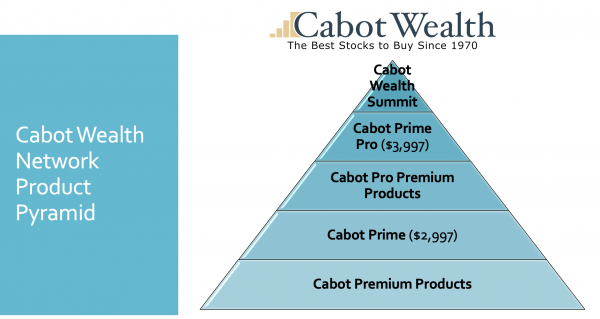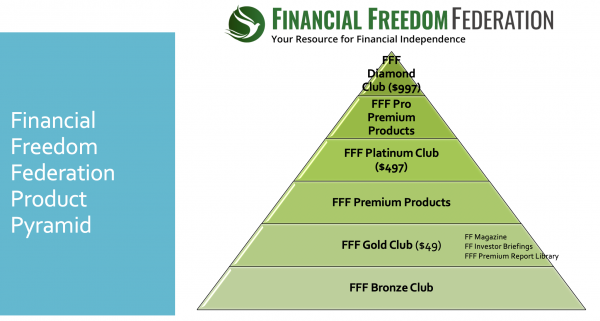
You don’t go on vacation without knowing where you’re going, where your hotel is near, or checking the weather, so why would you acquire a business without knowing if it will be profitable? Using a business acquisition checklist can help with this process, and we’ve put one together for you.
When acquiring a new brand, the first and most obvious thing to be quantified is the additional revenue that will be generated by your acquisition. As is often said, a good acquisition will generate more revenue for you than it will for the prior owner in the right circumstances. It’s also worth noting that you should not be paying for the bump in revenue that your organization can bring to the party, but instead only pay for the future revenue stream that the prior owner was capable of generating.
In a digital-first environment where you have an audience development portal, the acquisition of a prospect database that you can use to sell your existing products is also an asset that can be valued. The database you’re acquiring may be worth even more to you than it was to the prior owner.
Another asset of the company you’re acquiring may be the audience development content they’ve produced that you can now add to your own portal. If you deem the content and scale of content valuable enough to port over, you’ll want to ensure you set up the proper redirects from the old URLs to the new URL on your portal.
Additionally, if you already have products that may be appropriate for the new audience relationships you’ve acquired, you may be able to quantify your ability to sell your existing subscriptions and memberships to the paid subscribers of the property you’re acquiring. As we’ve known for years, the buyer database that you’re acquiring will be more valuable on a name-by-name basis than the prospect database of people who haven’t yet bought anything.
A Business Acquisition Checklist
Putting together a comprehensive list of the economic opportunity made available through acquisition will also lead you to a checklist for the technological migration that is required to ensure maximum value is attained from your acquisition. We’ve found that a high-level priority business acquisition checklist for evaluating an acquisition prospect could mimic our own CAROTME framework:
Content:
-
- Does the acquiring content align well with your own content and strategy or fulfill a topic gap?
- What exists for premium content?
- What exists for free content?
- Are there opportunities for repurposing content to be acquired for launching new premium products or improving value for your existing products?
- Are there opportunities for transforming content-delivery methods to save money or improve customer relationships?
Audience:
-
- Does the acquiring audience simply supplement your current audience—or does it expand your universe into new demographic or geographic segments?
- Can you get a test file of premium buyers for analysis?
- How is the prospect list created and grown? Can you get a test file of the prospect list for analysis?
- Are there audience growth opportunities, including for premium and free names?
Revenue:
-
- What are the historical revenue trends for the premium products you’re acquiring? Is there seasonality, growth, shrinkage? Get explanations for any trends.
- What is the acquiring property’s lifetime value per customer? How does that compare to your own customer lifetime value?
- Is there any bad debt from customer transactions?
- How are premium products marketed? Get samples and a marketing schedule.
- What is the premium-product offer, price point, term of service, and marketing testing history?
- Are there any affiliate or revenue-sharing agreements?
Organization:
-
- If you’re considering acquiring human resources, are any roles duplicative and not needed?
- Is acquiring human capital essential to your prospective acquisition? If so, what are the specifics of any existing employment contracts and non-compete agreements?
Technology:
-
- What software platforms are used? Review all contracts.
- Is any technology functionality new or supplemental to what you already have?
- What process flow charts are available?
Metrics:
-
- What access to historical metrics reporting is available?
- Can you review Google Analytics for your own analysis and delving?
Economics:
-
- What is the history of the premium products you’re considering to acquire?
- Has there ever been a previous valuation or considered sale/transaction?
Additionally, be sure any agreements with your prospective acquiring property—confidentiality, non-disclosure, etc.—are formulated in ways that don’t inhibit your full access to necessary data for analysis and decision-making.
Using Your Product Pyramid When Making Acquisitions
The Mequoda Pyramid is a core element of the Mequoda Method. Level by level, you monetize individuals by pushing them up the pyramid to product levels that are increasingly more valuable to them, and more profitable for you. And in case you’re wondering, this is true of purely sponsor-supported businesses, where users have higher levels of qualification in order to get access to higher levels of the pyramid, and sponsors pay more to gain access to those users.
Designing your enterprise in a Mequoda Pyramid is a dramatic departure for most media companies, which have historically been horizontally integrated as magazine, newsletter, or book publishers. During the past 30 years, we’ve seen special interest media evolve toward vertical integration in which the goal is to produce media in and for a variety of content platforms.
Last month, Cabot Wealth Network, an independent source of stock investment advice for the last 50 years, who publish a suite of investing newsletters, acquired The Turnaround Letter, an investment newsletter previously owned by New Generation Research, Inc. of Boston. Along with the publication, they hired longtime Turnaround Letter Editor Bruce Kaser as Chief Analyst of the new Cabot Turnaround Letter and the existing Cabot Undervalued Stocks Advisor.
Ed Coburn, CEO of Cabot Wealth Network, says that analyzing your product pyramid is helpful when acquiring a business. Below is what Cabot Wealth Network’s current product pyramid looks like.

“In Cabot Wealth’s case, we have been retrofitting a pyramid onto an existing group of products, and launching new products and acquiring products to fill in gaps,” says Coburn, who also runs the Financial Freedom Federation, a related investing brand.
The Financial Freedom Federation pyramid below shows the two levels that are already launched—the FFF Bronze Club (free members) and the FFF Gold Club (premium members), which provides access to the Financial Freedom magazine, Investor Briefings, and Premium Reports.

“As we launch a new product pyramid under the new Financial Freedom Federation brand, we now have a fully formed concept of what the pyramid will look like and the products and price points we’d like to include. If we could identify the right opportunity, we would consider another acquisition to accelerate the building out of the new pyramid [from Gold Club on up to Diamond Club],” says Coburn.
Work With Mequoda to Build Your Pyramid
For more than 20 years, the Mequoda team has helped publishers design and manage high-performance websites that deliver on their primary goals:
- To use free content to attract, convert, engage, and monetize users
- To sell and deliver premium content that generates revenue
- To build online communities that dominate their target markets
At Mequoda, we understand how search engines reward website design, and we know how to translate this knowledge into a compelling site that delivers an exceptional user experience. Our website design philosophy aligns premium content with free content. To do this, we first create an audience development portal that is specifically designed to organically attract website visitors and convert them into email subscribers and social media followers. From there, our system shifts to selling premium information products, including subscriptions, books, videos, events, or third-party products and services.
If you are looking to build your product pyramid, have used this business acquisition checklist, and need guidance building a business plan, please reach out.


